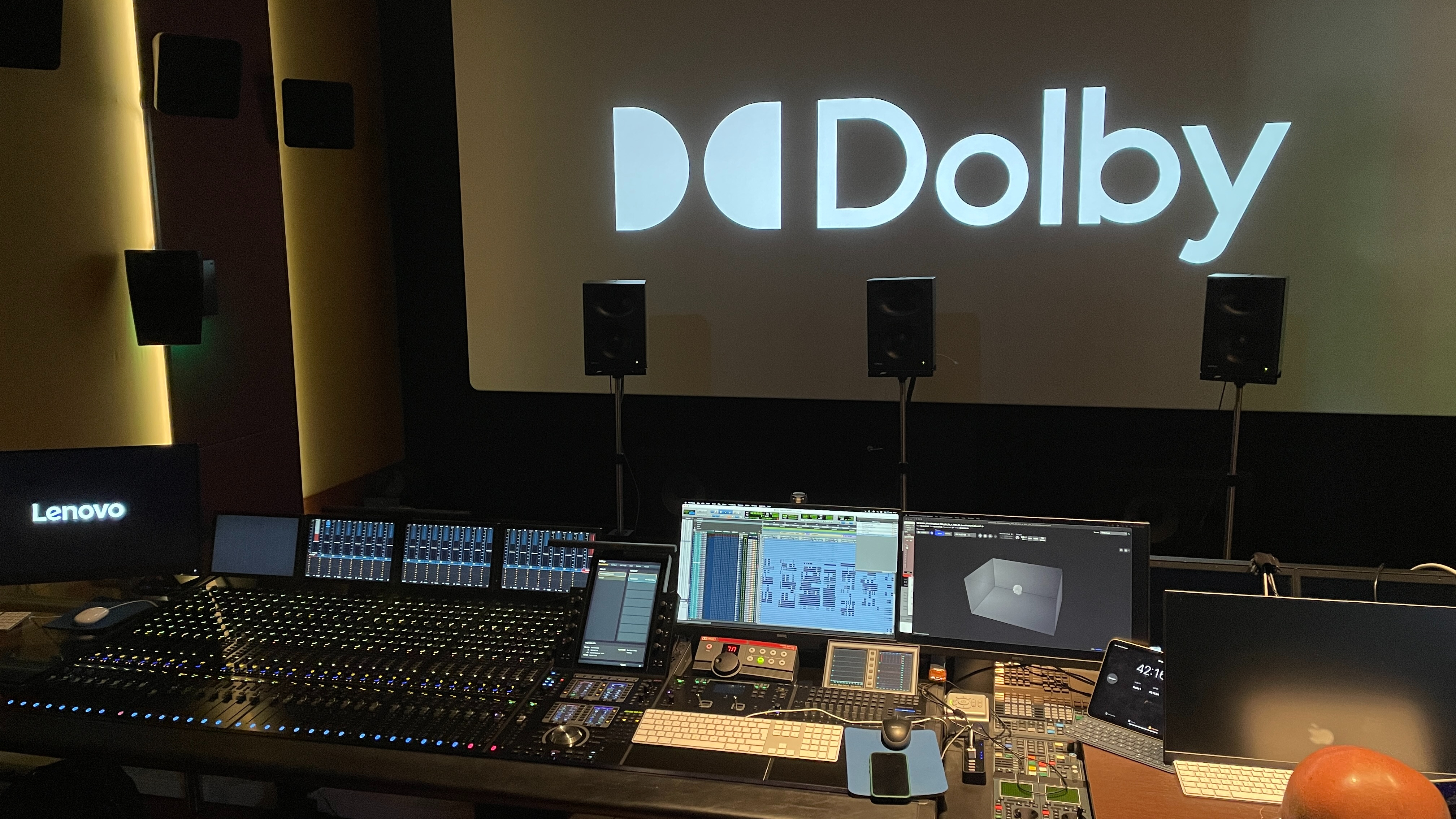
Recently I was lucky enough to be invited to Madrid to take part in the global media drive for the new Polestar 3 electric vehicle. The trip was based around the car’s sound system, which is not only a new offering from Bowers & Wilkins but a system that also supports Dolby Atmos Music from compatible streaming services.
As part of the trip, I visited a Dolby studio on the outskirts of Madrid where Atmos content is mixed for music (and movies). While there I was able to experience the format from behind the mixing desk with the help of sound mixer Luis del Toro, and David Ziegler, Content and Partner Relations Manager, Commercial Partnerships, Dolby, who gave a fascinating insight into the world of immersive audio production. Here are some of the key things I learned…
More artists are now mixing in Atmos Music
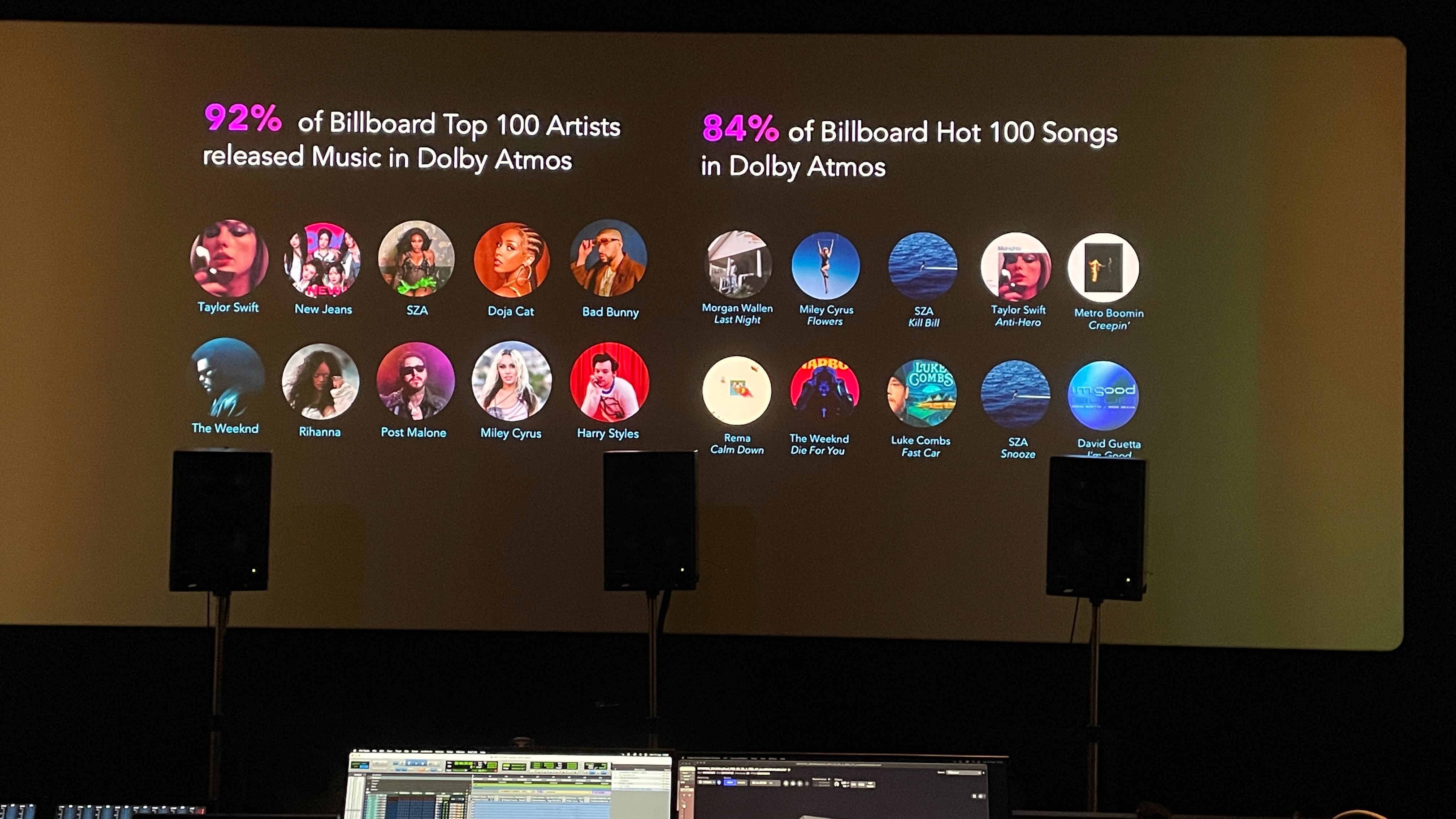
Dolby is quick to point out the popularity of Atmos Music among some of the world’s biggest artists. “If you look at the top 100 streamed artists worldwide you’ll find that 92 of them have already released music in Atmos. And (at the time of writing) 84 per cent of the Billboard Hot 100 songs are available in Dolby Atmos,” says Ziegler.
Speaking from my own experience, I’ve also found Atmos content easier to come across in the last couple of years, with multiple Atmos playlists appearing across compatible music streaming services. Of course, you need a compatible conduit to play the tracks through, be it a pair of spatial-audio-supporting headphones, Dolby Atmos soundbar or Atmos in-car sound system.
Fewer speakers tend to be used mixing music in Atmos compared to movies
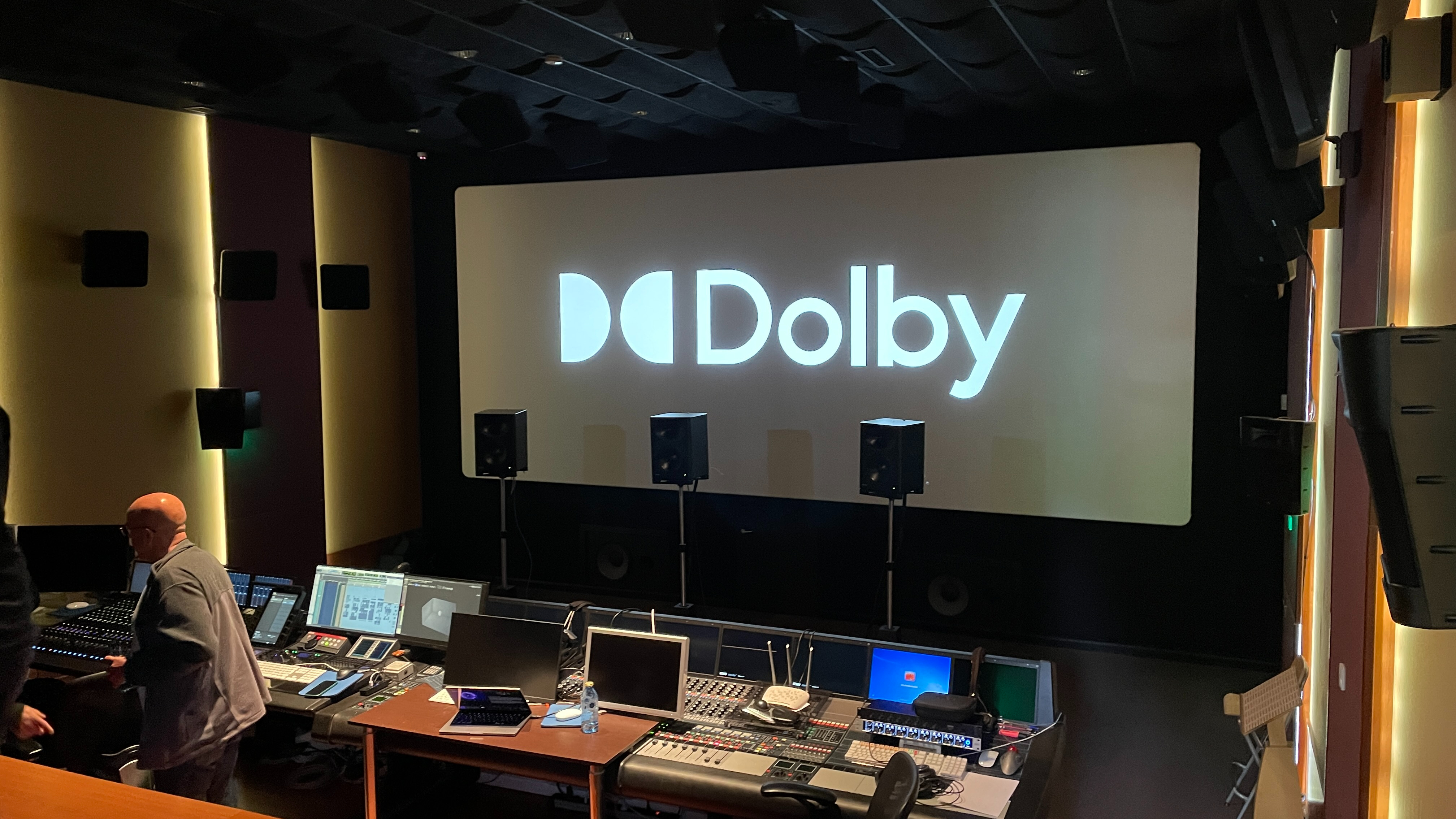
The studio I visited had a system which featured 43 speakers for mixing movie soundtracks in Atmos, including a huge ceiling array and a high ring of speakers that surround the engineers. When mixing Dolby Atmos Music, the engineers switch to a lower ring of ten speakers, plus four ceiling-mounted speakers, making a 9.1.4 set-up. It was explained that because the mix has to translate into different environments, e.g. a car, living room or a pair of headphones, it is easier to start the mixing process using a smaller set-up.
Mixing music in Dolby Atmos takes time
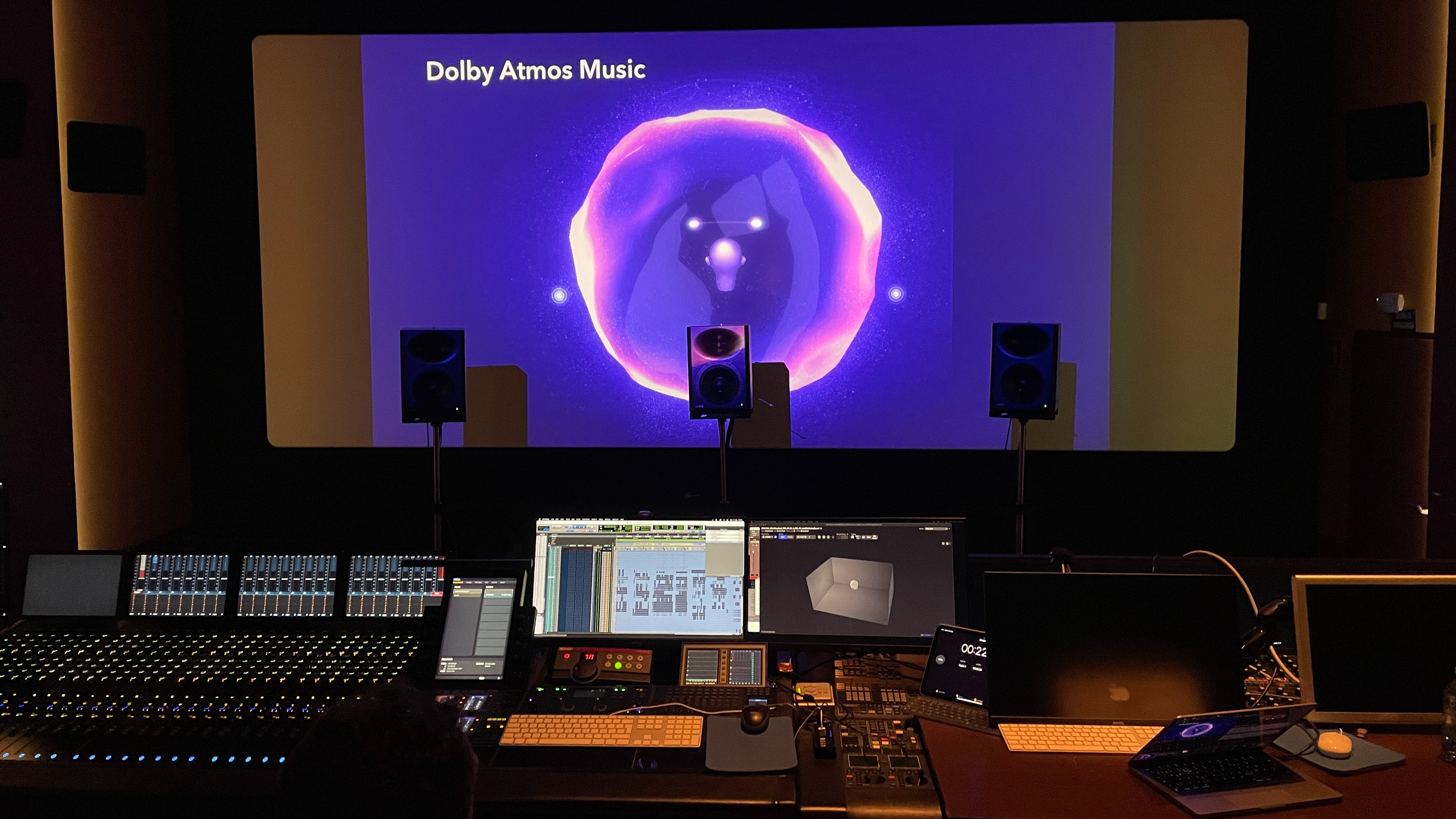
When you think an average stereo mix can take anywhere from four to eight hours, creating a Dolby Atmos version can add a significant amount of time to the process, sometimes taking this to ten or twelve hours. According to del Toro, if you’re not careful and don’t have a clear initial concept, “you could spend a couple of days” on a single track, especially if you’re dealing with multiple objects doing complex movements around the different axes in the soundfield.
Atmos Music has muted the ‘loudness war’
Because there’s a -18db limit on mixing Atmos Music, there’s no point in pushing tracks louder and louder because you'll just end up compressing the track more and more. In fact, I was told streaming services will reject Atmos mixes that go above this threshold. Because they have a lower ceiling, this is why you tend to find Atmos mixes sound quieter than their stereo equivalents. You can still turn the volume up if you wish to make them louder, but with an Atmos mix, you’re gaining dynamics because there’s less compression.
Artists and engineers need to work together
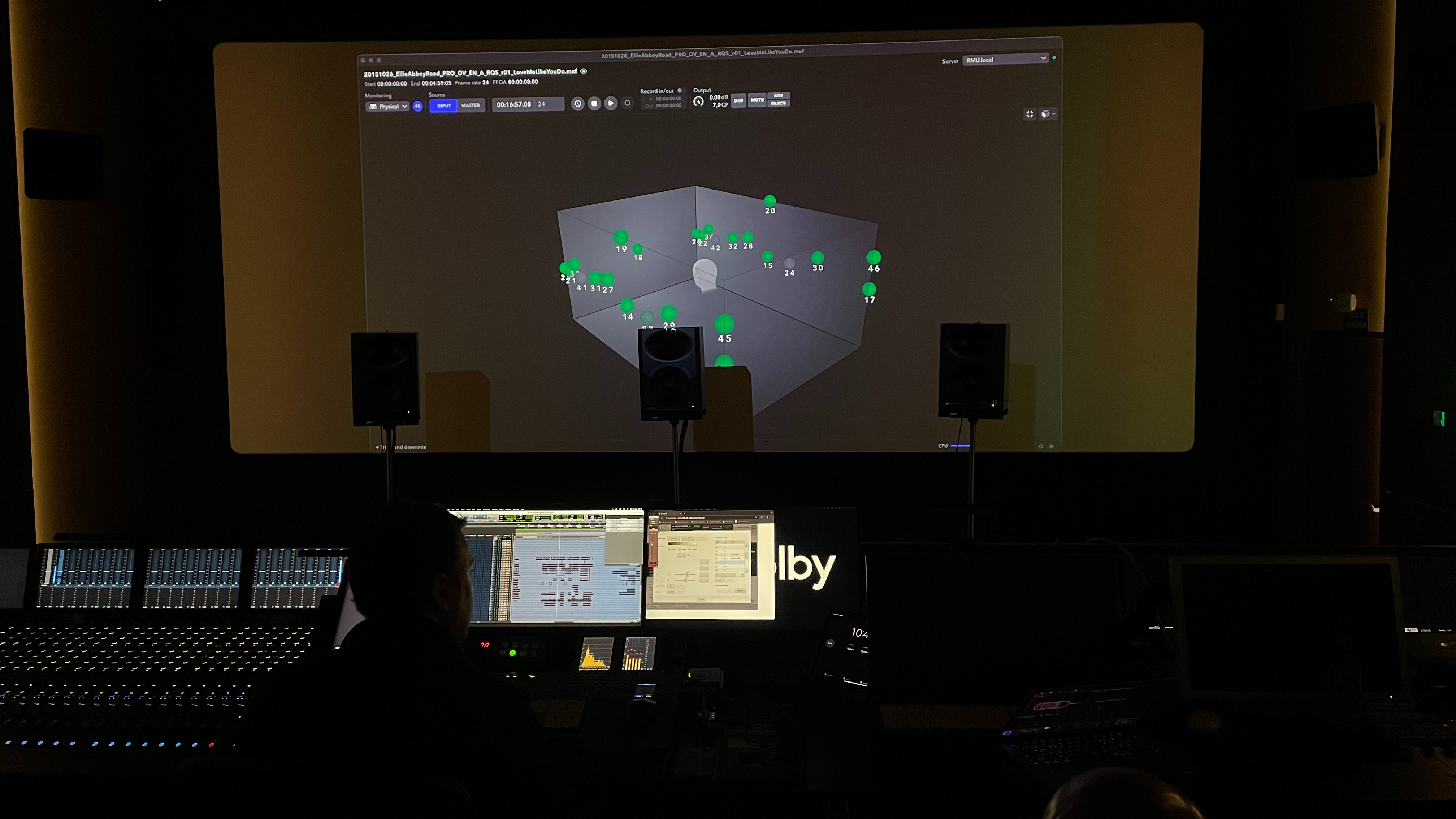
With so many mixing options at an artist's disposal, there needs to be a clear concept or vision from the start, or else the focus of the music can be lost. As del Toro delicately puts it, “Sometimes I have to control the client.” If there’s too much mixing of 'objects', sometimes you can lose the track's focus and detract from the artist’s original intent. Mixing tracks in Atmos is a huge undertaking and there’s a lot of back and forth between artist and engineer. Some artists go to the studio to mix side-by-side with the engineer while others are sent a binaural mix so they can listen on headphones and then give feedback.
Upmixing stereo to Dolby Atmos isn’t allowed by streaming services

One of the stipulations for any labels wanting to put music on a streaming platform is that they aren’t allowed to simply put the stereo track into a piece of software and use an algorithm to upmix it to Atmos. “Even if you have to mix from something already produced, they [the labels] still have to send individual tracks, vocals, guitars, drums and backing vocals separated so you can do the mix,” says Ziegler.
Mixing a live performance in Atmos brings a different perspective

I had the chance to hear both traditional tracks and a live performance mixed in Atmos and it gave two quite different perspectives. The live performance wasn’t really about the steering of individual sounds but the recreation of the atmosphere. Multiple mics are placed throughout a venue to try and capture the crowd from different angles. I could close my eyes and feel like I had been teleported to the venue with tens of thousands of people around me. It’s perhaps a simpler way of capturing an immersive performance than a track mixed with 'objects' moving around a soundfield, but during the demo I felt it was just as captivating.
The car is a good environment for Atmos Music
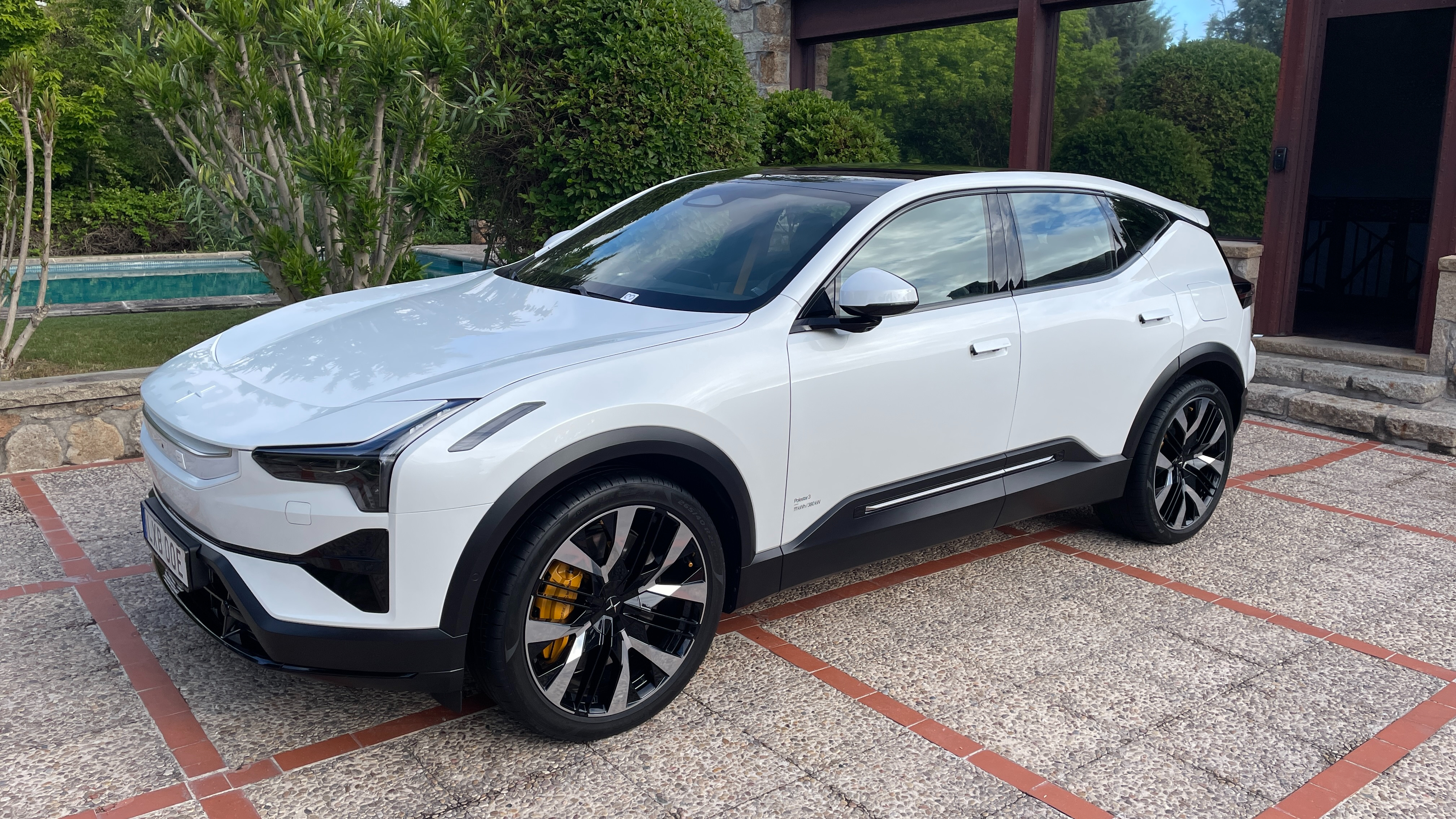
Next to having a full Dolby Atmos system at home, the next-best environment to experience the format is arguably in the car. “In a car, we don’t need virtualisation – we have physical speakers around us. It’s a very good translation from the studio environment,” says Ziegler. Of course, a lot of the performance will depend on the tuning and the quality of the in-car system to communicate the detail and the movement of objects around the cabin, but at least in this environment audio engineers know where people will be sitting and the size and shape of the room (cabin) they are in.
MORE:
Dolby Atmos: what is it? How can you get it?
Dolby Atmos Music: everything you need to know about the spatial audio tech
The 27 best Dolby Atmos movie scenes to test your home cinema surround sound system
Our pick of the best Dolby Atmos soundbars







